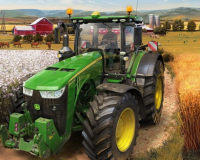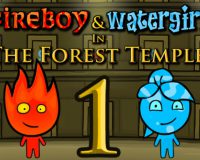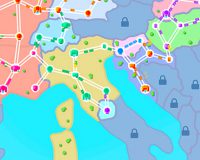
Advertisement
Monster Hunter Wilds
Monster Hunter Wilds places the hunter in the Forbidden Lands, a region undergoing dramatic environmental shifts that influence both wildlife and monster behavior. The Guild deploys the hunter to accompany a research group seeking answers about an earlier expedition that vanished under unclear circumstances. Early missions introduce the landscape through guided surveys, tracking routes and interactions with new characters, including Nata, whose presence is central to unfolding events. As the hunter advances, the Forbidden Lands reveal deeper structural changes that connect multiple biomes into a single continuous environment. Each discovery contributes to understanding how the region operates.
Combat Tools And Encounter Structure
Combat in Monster Hunter Wilds builds on established hunting mechanics, emphasizing observation, precision and adaptation. Hunters can equip two weapons before heading into the field and switch between them using Seikrets, airborne mounts that support mobility and repositioning. Monster reactions to weather, geological shifts and herd movement patterns create dynamic encounters. Some creatures may relocate during storms, while others become more aggressive. Identifying these triggers becomes essential for choosing attack windows, defending effectively and deciding when to retreat. Preparation and equipment choices strongly influence the rhythm of each hunt.
Core Systems And Advancement Loop
Multiple systems work together to form the progression flow in Monster Hunter Wilds:
- Collecting monster parts for forging and upgrades
- Gathering materials from biomes to craft tools
- Establishing temporary camps for supply management
- Completing quests tied to ecology and story goals
- Joining multiplayer hunts for coordinated encounters
These systems reinforce a cycle where improved gear enables access to more demanding hunts, expanding what players can explore and overcome.
Exploration Design And Environmental Interaction
Exploration in Monster Hunter Wilds occurs within expansive zones that blend climates and landscapes without loading transitions. Hunters navigate shifting sand fields, storm paths, cliffs and dense routes using Seikrets for airborne travel and mounts for ground routes. Weather patterns influence visibility, terrain and monster distribution, requiring route planning before and during expeditions. Pop-up camps allow on-site restocking, reinforcing preparation without returning to the main base. As hunters explore more deeply, new gathering nodes, shortcuts and monster territories become essential knowledge for efficient planning.
















































































